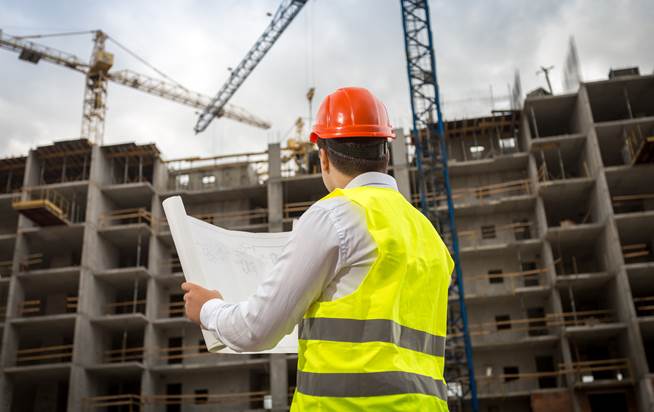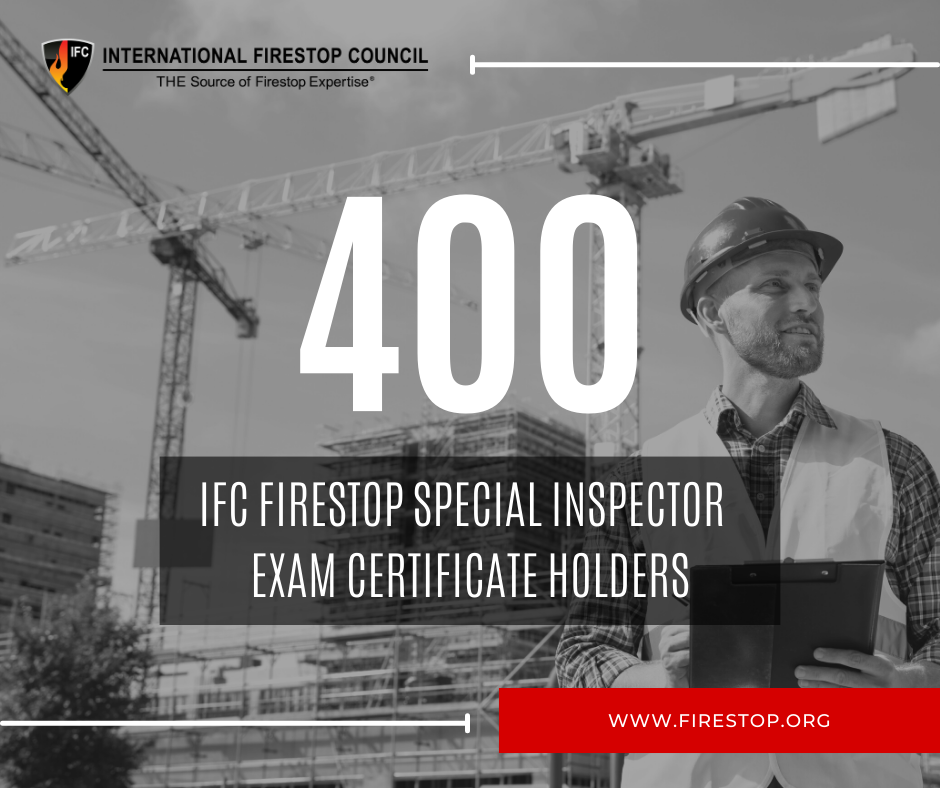Understanding the Importance of Special Inspections for Firestopping in Construction

When embarking on certain types of construction projects, ensuring the safety of a building and its occupants is paramount. One of the most critical safety features in any building is its firestopping system, which helps to prevent the spread of fire and smoke. However, not all firestopping installations are created equal, and some require a higher level of scrutiny to ensure their effectiveness. Did you know that the International Building Code (IBC) mandates special inspections of firestopping on specific types of buildings?
In this article, we will explore what special inspections for firestopping entail, the reasons they are required, and why they are so important for the safety and compliance of construction projects.
What Is Special Inspection for Firestopping?
Special inspection for firestopping refers to a process where a third-party qualified inspector verifies that the firestop systems installed in a building meet the required standards and are compliant with the appropriate codes. Under the International Building Code (IBC), Section 1705.17, firestopping in certain types of buildings must be inspected to ensure it is installed correctly and will perform as expected in the event of a fire.
The inspector’s role is crucial because firestopping systems are designed to compartmentalize fire and smoke, preventing it from spreading from one area to another. Without proper inspection, firestopping installations might not provide the protection they are meant to offer. Special inspection ensures that installations comply with tested and listed systems, which are crucial for life safety and building protection.
Which Buildings Require Special Inspection for Firestopping?
Not every building requires special inspection for firestopping. However, the IBC mandates this level of scrutiny for specific types of construction projects that have higher risks or serve essential functions. These include:
- High-Rise Buildings: These buildings, generally defined as structures that are taller than a specified height, have unique fire safety needs. Special inspection is essential to ensure firestopping systems are properly installed to prevent the spread of fire and smoke throughout the building.
- Risk Category III and IV Structures: This includes hospitals, emergency shelters, large schools, and other essential facilities that must remain operational during emergencies. Ensuring the integrity of firestopping in these buildings is critical because of the potential life-threatening consequences of fire in these environments.
- Group R Occupancy Over 250: This category includes large residential buildings such as high-rise apartments and hotels. Buildings with over 250 units often house a large number of people, making firestopping installations essential for occupant safety.
The Process of Special Inspection
A special inspection for firestopping involves various methods to verify that the installation complies with industry standards. Here are the main steps involved:
- Random Sampling of Installations: A certain percentage of the firestop installations must be inspected according to specific inspection standards (such as ASTM E2174 and ASTM E2393). These codes outline the required procedures for inspecting firestopping systems.
- Visual Inspections: The inspector will visually witness the installation process to ensure that the correct materials are being used and that they are installed properly. This step ensures that the firestopping system is intact and functional.
- Destructive Testing: In some cases, destructive testing may be required to verify that the materials used and the installation methods meet the required standards. Although this type of testing may damage the installation, it ensures that the firestopping system will perform as intended in a real fire situation.
- Documentation and Reporting: Throughout the inspection process, the inspector must document and report the findings, ensuring that there is a record of compliance for the authority having jurisdiction (AHJ). This documentation is critical for code compliance and to demonstrate that the building meets all the necessary safety requirements.
Why Special Inspections Are Critical for Building Safety
The importance of special inspections for firestopping cannot be overstated. These inspections play a crucial role in ensuring that the building’s fire safety systems function as designed and provide effective protection. Here are the primary reasons why these inspections are so important:
- Preventing Life-Safety Failures: Firestopping systems are designed to prevent the spread of fire and smoke, which can be life-threatening in a fire emergency. Special inspections ensure that these systems will perform as expected and help protect building occupants.
- Ensuring Code Compliance: Both the IBC and NFPA 1 (National Fire Protection Association) set requirements for firestopping systems in certain building types. Special inspections verify that firestopping installations meet these code requirements, which helps avoid costly fines or delays during construction.
- Accountability in Construction Projects: In projects where firestopping is a critical component, such as high-rise buildings and hospitals, special inspections provide accountability. They ensure that the installation was done correctly, reducing the risk of issues arising after the building is occupied.
Conclusion: The Importance of Preparing for Firestop Special Inspections
Special inspections are an essential part of the construction process for certain types of buildings. They ensure that firestopping systems are correctly installed and will function properly to protect building occupants. These inspections not only help to prevent life-safety failures but also ensure compliance with building codes, providing accountability in projects where firestopping plays a critical role.
If you’re involved in a construction project that requires special inspection for firestopping, it’s essential to understand the process and the importance of preparing for it. Whether you’re a builder, contractor, or facility manager, ensuring proper firestopping installation is a key aspect of maintaining a safe and compliant building.
Have You Encountered Special Inspections for Firestopping?
We’d love to hear from you! Have you encountered challenges in preparing for a firestop special inspection? Have you had to correct installations that failed the inspection? Share your experience in the comments below.
For more information on firestop special inspections and to find qualified inspectors, visit firestop.org.





